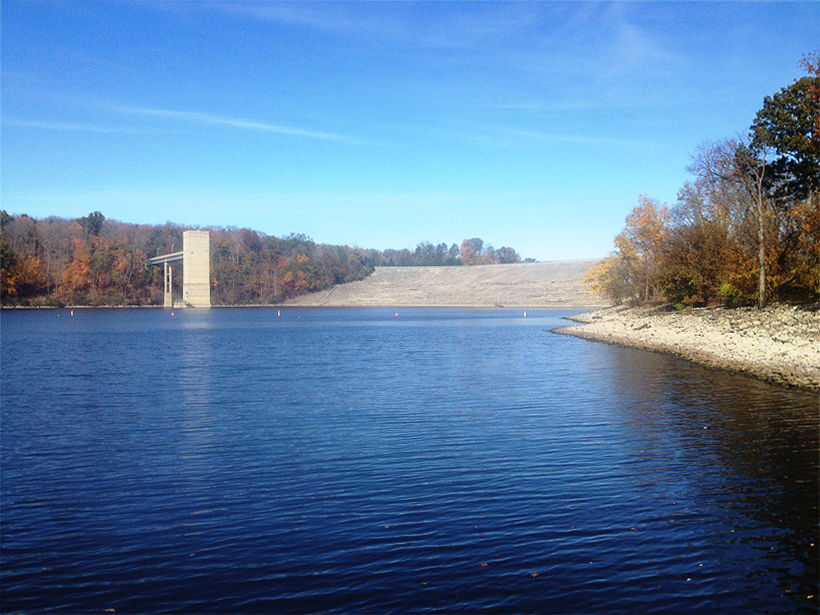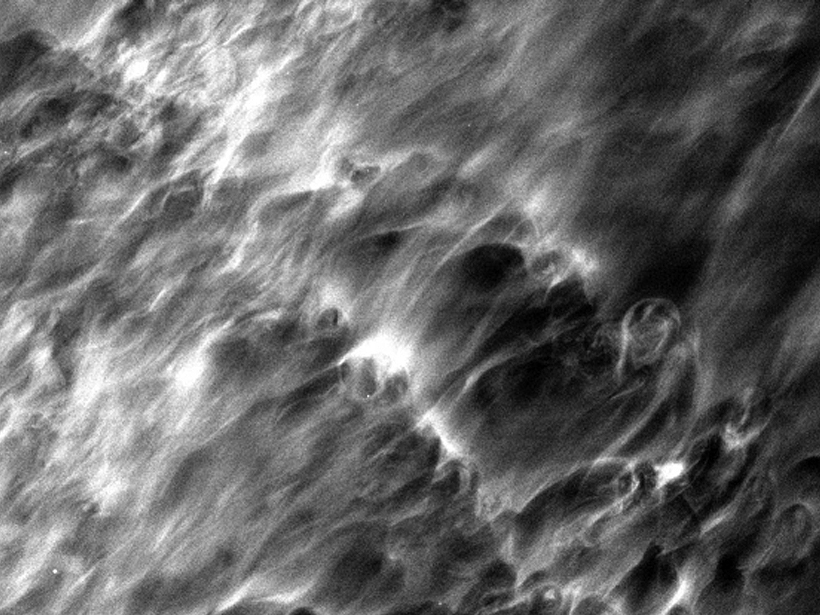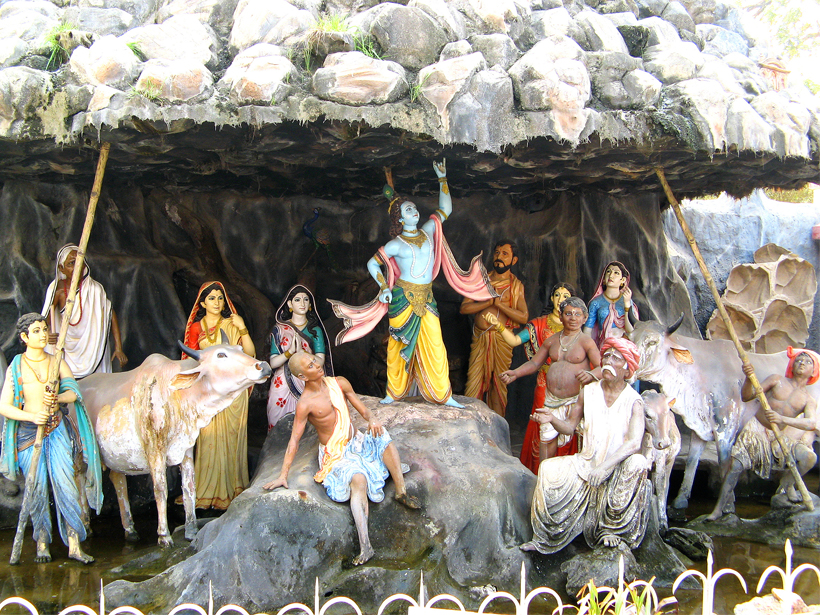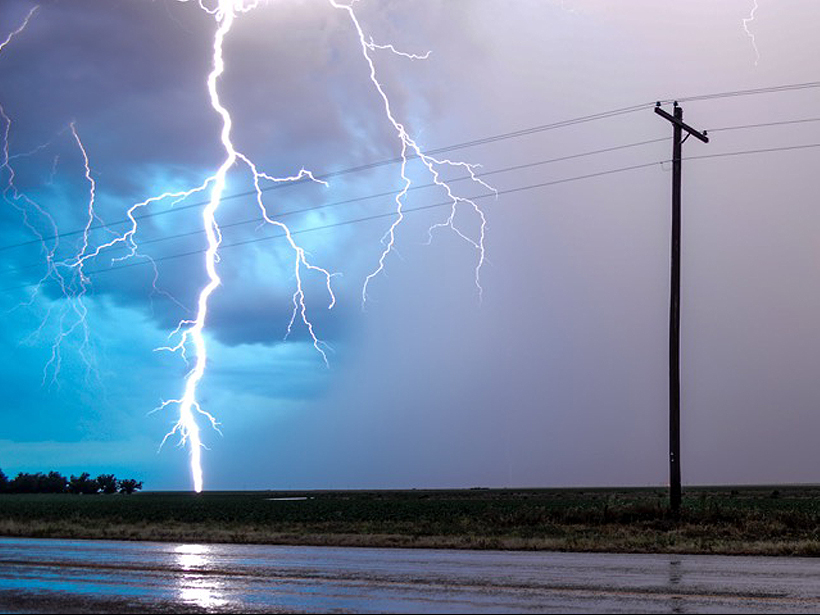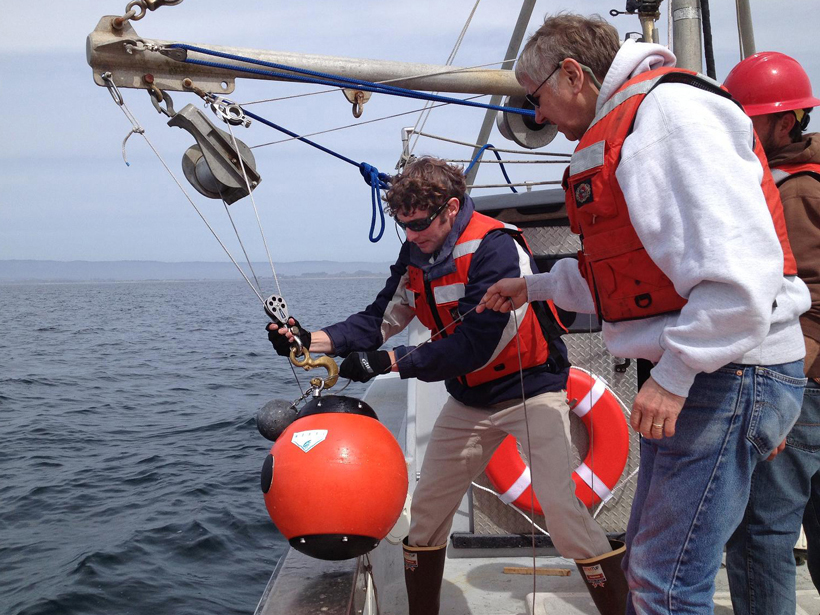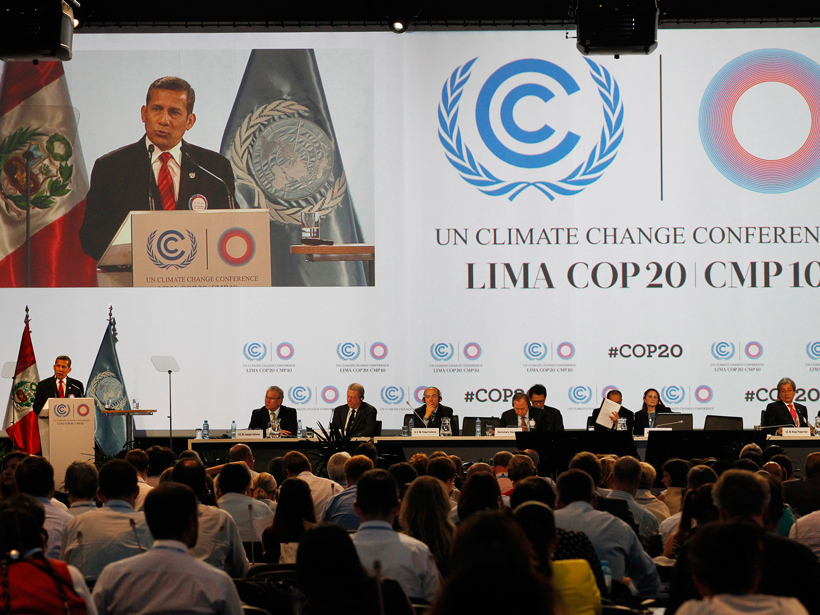Scientists examine nitrous oxide production in aquatic environments and the conditions that drive it.
Authors who want CC-BY-NC 2015
Imagers Seek Big Bang Signatures, Also Find Gravity Wave Effects
Imagers aboard a scientific balloon in the stratosphere serendipitously captured images of thin ice clouds that reveal instability and turbulence flows in remarkable detail.
The Melodies of Monsoons: Weather in Indian Classical Music
Western composers evoke nature's fury with orchestral music that imitates the sounds of weather. Indian composers depict the monsoon rains in more abstract terms with the classical raga system.
Cave-Dwelling "Slime Curtains" Cycle Nitrogen and Iron
In a cave accessible only by daredevil divers, extraordinary microbial colonies metabolize nitrogen and iron nutrients and possibly remove pollutants from water.
Hydraulic Fracturing Water Use Is Tied to Environmental Impact
New map identifies varying water usage in hydraulic drilling operations across the United States and what this means for potential environmental impacts.
How Long Is a Bolt of Lightning?
Better calculations of bolt length could help quantify how much climate-changing nitrogen oxide gas is made when lightning strikes.
North America Does the Wave (Slowly)
Data-driven modeling helps explain how convection currents in Earth's mantle influence the rise and fall of surface features, but these models are in an early stage.
Researchers Track Underwater Avalanches Like Never Before
Using beach ball–like detectors, researchers set out to determine how sediments, which could contain toxic contaminants, travel through submarine canyons to greater depths.
Birthplace of Pacific Tropical Cyclones on the Move
A study says the point of origin for cyclones in the western North Pacific is moving closer to land because of warming of the tropical troposphere.
Targets of Biggest Global Carbon Emitters Flunk Fairness Test
Pledges so far by the United States, European Union, and China would require all other countries to emit 7 to 14 times less per capita than those three regions by 2030 to limit warming to 2°C.

